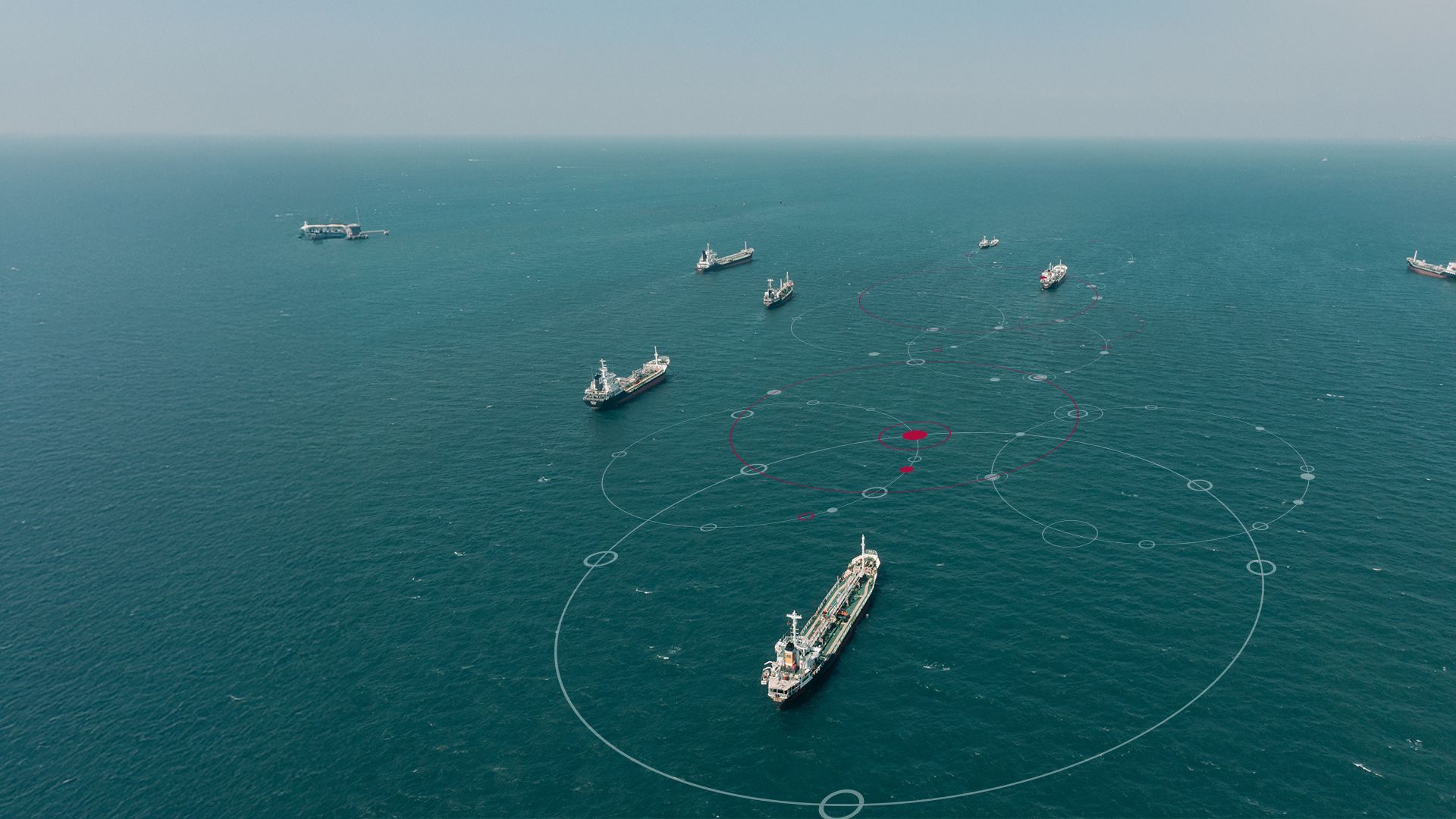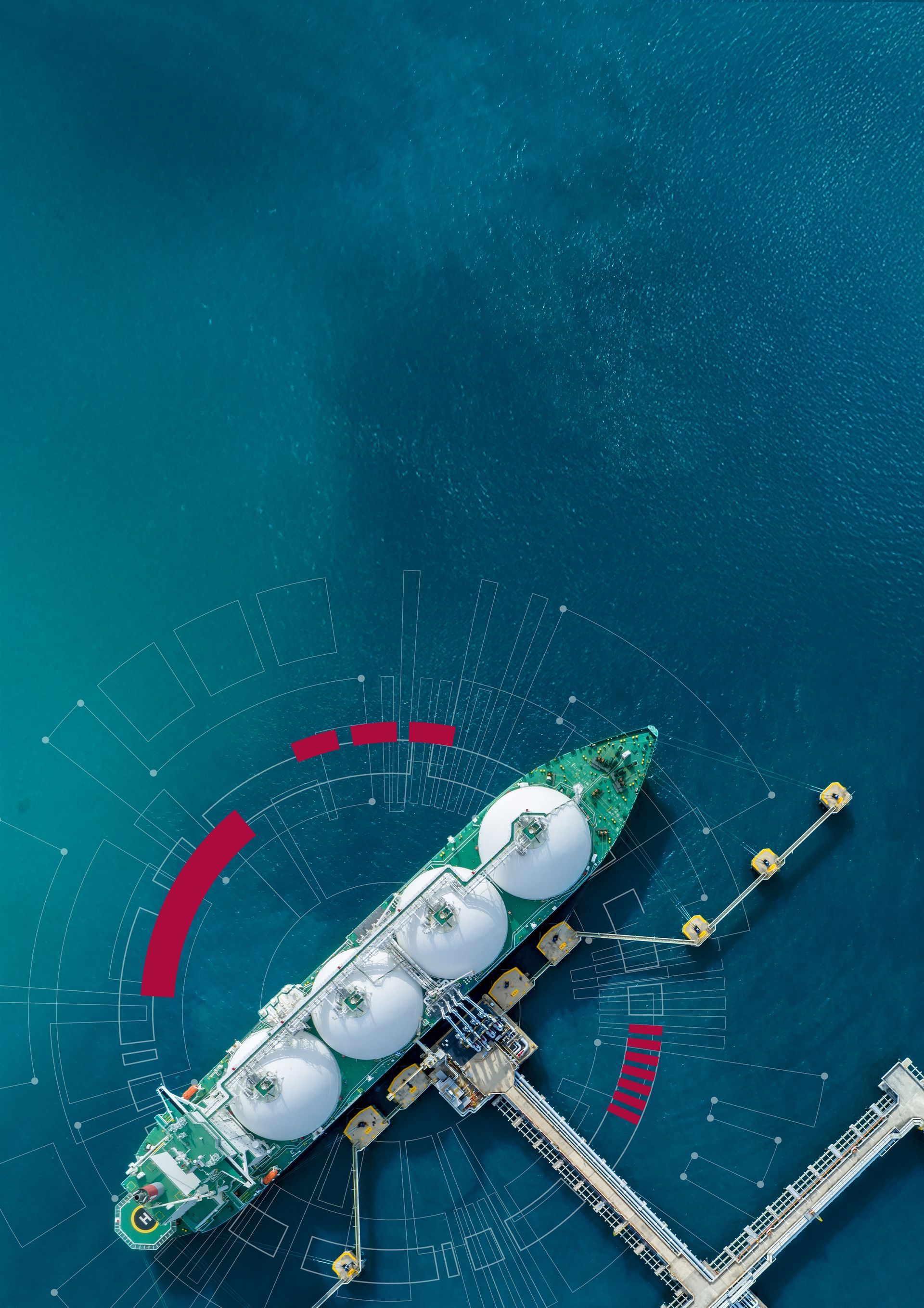IECs earnings show the shift back to oil and gas is a work in progress
6 Mar 2025
- International energy companies’ profitability declined each quarter last year even as crude production grew.
- Combined returns in the form of dividends and share buybacks exceeded Capex every quarter last year.
- IECs are trimming transition spending amid weak new energy returns and maintaining the focus on oil and gas.
- Major IECs’ shale investments have peaked, will be managed to maximise free cash flow for returns or reinvestment in other themes.
- Several IECs planning to leverage gas supplies and renewable or carbon capture expertise to power hyperscale data centres.
The major international energy companies (IECs) saw combined net income drop for a fourth straight quarter in Q4 24, with total 2024 net income of $125 billion down by more than one-fifth from the $160 billion in 2023. They did manage to achieve a combined return on average capital employed of over 15%. The group also combined to return more than $37 billion to shareholders in Q4 24 in the form of dividends and share buybacks. This was down by 8% q/q but still exceeded Capex for a fourth straight quarter and for ten of the last eleven quarters. The IECs’ combined cash returns to shareholders of $142 billion in 2024 were only marginally down from the record $145 billion returned in 2023, highlighting the resilience of the Western majors’ business models even as prices generally declined. However, Capex also increased for the fourth straight quarter and the Capex/revenue ratio climbed, meaning IECs will need to improve their capital efficiency this year for shareholders to continue being remunerated at these levels.
Shale oil approaches middle age
Shale will continue to be a key theme for the IECs, but the direction of travel is clearly towards a greater focus on gas to feed growing LNG demand, while tight oil will soon approach a plateau that will generate cash flow to be reinvested in other resource themes. All four Permian producers in the group plan to spend less on tight oil y/y in 2025. Both ExxonMobil and Chevron are stepping down Permian Capex, with 2024 likely to remain the peak spend year, and Chevron expects its Permian growth to slow from a 16% CAGR over the last five years to a 5–6% CAGR going forward. While both companies have a few years of shale growth left in the tank, the focus is firmly on operational efficiency, extending resource life and generating increasing free cash flow as the basin matures.
ConocoPhillips laid out an explicit plan to reduce Lower 48 spending by $1.4 billion in 2025 while raising Capex for long-cycle projects by $400 million, and explained that it was moving legacy positions in the Eagle Ford and Bakken to an “optimum plateau”. The company still plans to achieve low single-digit production growth with a 15% decrease in spend (when accounting for last year’s Marathon acquisition) by continuing to increase the number of wells and lateral feet it completes with a static rig and frac crew count. BP was much slower to ramp up its tight oil infrastructure, but shale unit BPX plans to have its fourth and final Permian processing facility running by mid-year, positioning it to reduce spending and grow with increased capital efficiency going forward.
The European majors have focused more on shale gas, with recent actions showing a renewed interest in the area. TotalEnergies has made a series of deals to take non-operating stakes in Eagle Ford dry gas assets from EOG and private operator Lewis Energy, which play into their plans to start exporting from the future Rio Grande LNG project. The company might not be done increasing exposure to US shale, with the CEO musing during a recent earnings call that he would like to obtain more US gas and may be looking for opportunities to acquire stakes from tight oil producers with growing associated gas volumes. Equinor also acquired substantial non-operated shale gas production, taking a stake in Expand Energy’s Northern Marcellus assets, while Repsol highlighted a resumption of activity in its Marcellus and Eagle Ford shale assets this year.
As US shale matures, the IECs seem to think Argentina’s Vaca Muerta shale should take a more prominent role. The geology has been derisked for some time, but Shell and Chevron believe it could be time to accelerate activity there, with inflation coming under control and the new Milei administration removing capital controls and pursuing other policies to make the country more inviting for foreign investors. Chevron plans to speed up production growth at its Loma Campana and El Trapial assets and is actively looking at a midstream opportunity for a stake in a pipeline that would take crude from the Neuquen basin to a deepwater export terminal. With a robust mix of IEC and independent producers and an improving operating environment we expect Argentina unconventional production to nearly double from current levels by the time it peaks in the early 2030s.
Dropping in on the AI power demand wave
Another increasingly common theme across the group was the desire to ride the wave of AI-led growth in power generation. Chevron, ExxonMobil and ConocoPhillips all highlighted the increasing volumes of Permian-associated gas that could potentially be used to generate power off-grid and behind-the-meter to support the demand from AI hyperscalers. They all stressed there was no intent to become merchant power players selling into the grid for utility returns, instead focusing on signing power purchase agreements (PPAs) to backstop demand for premium customers.
Chevron emphasised the nearly 5 GW of gas-fired power generation it already runs at facilities like Gorgon LNG, Tengiz and its refinery system, and has already ordered seven of GE Vernova’s largest turbines for delivery in late 2026. ExxonMobil stated it has already contracted for more than 6.7 MtCO2 for transport and storage, positioning it to capture business from data centres looking for truly decarbonised power generation. The European majors are looking to ride the AI wave in their own style, highlighting the ability to integrate their renewables (to lower overall costs) with batteries and natural gas back-up generation for 24/7 reliability to pursue PPAs with data centres. ENI highlighted a plan to combine renewables, gas-fired power and carbon capture and storage to provide 500 MW of power to a hyperscale data centre at one of its sites.
Less ambition for transition
The IECs seem to have entirely embraced the general industry-wide trend away from a rapid transition to renewables and back to core competencies in oil and gas. BP, under activist investor pressure, was the most notable example of this trend, exiting the Empire Wind project offshore US and decapitalising the rest of its offshore wind business by forming a joint venture, JERA Nex bp. Equinor decided to move forward with Empire Wind, with the unappealing alternative of facing substantial cancellation fees, but is expecting lower returns than on the rest of its portfolio. Equinor spent about $1 billion less in 2024 than it initially planned, with a substantial portion being unexecuted onshore wind projects, and it now has a portfolio production capacity target of 10–12 GW by 2030 rather than its previous 12–16 GW. Shell also took impairments on some offshore wind projects and dropped several early-stage hydrogen projects as it high-graded its new energy portfolio.
Related insights






